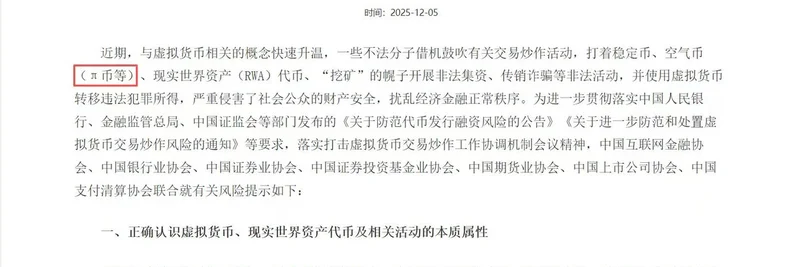Hey there, fellow crypto enthusiasts! If you're into meme tokens like I am, you've probably felt the sting of market volatility more times than you can count. But nothing quite compares to the absolute mayhem that unfolded during what the community is now calling Crypto's Black Friday Crash. This event, which hit on October 9, 2025, wiped out billions in a flash and left traders scrambling. Today, we're diving into the details, drawing from a recent Unchained podcast episode featuring Laura Shin and Diogenes Casares, as highlighted in a tweet by @tokenquest_.
What Sparked the Chaos?
It all kicked off with a single tweet from former President Trump announcing 100% tariffs on China. Sounds political, right? But in the hyper-connected world of crypto, this news acted like a match to a powder keg. Markets interpreted it as a potential escalation in US-China tensions, especially with mentions of China weaponizing rare earth metals. Within hours, the crypto space saw a staggering $19 billion in liquidations—the largest ever recorded.
For those new to the term, liquidations happen when leveraged positions (bets on price movements using borrowed funds) get forcibly closed because the market moves against them. This creates a domino effect: prices drop, more positions liquidate, prices drop further, and so on. Altcoins, which are alternative cryptocurrencies beyond Bitcoin and Ethereum, took the hardest hit, plunging up to 95% in value. Meme tokens, being some of the most speculative altcoins, were right in the crosshairs.
Key Insights from the Unchained Podcast
In the podcast, Diogenes Casares, founder of Klyra Protocol, breaks it down with Laura Shin. Here's a quick rundown of the eye-opening points:
The Chain Reaction: Auto-deleveraging (ADL) on exchanges amplified the crash. ADL is a mechanism where profitable positions are partially closed to cover losses in the system, preventing total collapse but often worsening the sell-off.
Hidden Leverage and DATs: Dynamic Automated Trading (DAT) strategies created unseen risks. These are algorithmic trades that pile on leverage without clear visibility, making the market fragile like a house of cards.
Stablecoin Drama: USDe, a synthetic stablecoin, depegged temporarily on exchanges like Binance, triggering even more liquidations. Depegging means the coin's value strayed from its $1 peg, causing panic.
Exchange Responses: Perpetual futures (perps) on decentralized exchanges (DEXes) and centralized ones (CEXes) handled the meltdown differently. Some froze entirely due to infrastructure failures, while others managed better but still faced unreliable price feeds.
Potential for Worse: Diogenes warns this could happen again—and bigger—unless exchanges overhaul their systems, like improving ADL and transparency around leverage.
The tweet from @tokenquest_ sums it up nicely, thanking Laura for the insights and listing takeaways like the role of auto-deleveraging and the USDe depeg. It's a must-read for anyone tracking real market moves.
How Did This Hammer Meme Tokens?
Meme tokens thrive on hype, community, and rapid price swings, but they're also the first to crumble in a downturn. During Black Friday, many popular memes like DOGE-inspired coins or newer viral ones saw massive dumps. Why? High leverage from retail traders betting big on perps, combined with thin liquidity (not enough buyers/sellers to stabilize prices).
Market makers, the firms that provide liquidity, pulled back or got wiped out, amplifying the plunge. For blockchain practitioners building or investing in meme ecosystems, this highlights the need for better risk management. Tools like stop-loss orders or diversifying into more stable assets can help weather these storms.
Lessons for Meme Token Investors
If you're knee-deep in meme tokens, take these nuggets to heart:
Understand Leverage: It's a double-edged sword. Use it sparingly, and know what ADL means for your platform.
Choose Exchanges Wisely: Look for ones with robust infrastructure. DEXes might offer more control, but CEXes often have better liquidity during crises.
Stay Informed: Podcasts like Unchained are goldmines. Follow experts like Laura Shin for unfiltered analysis.
Prepare for Volatility: Meme tokens are fun, but treat them as high-risk. Always have an exit strategy.
This crash reminds us that while crypto's decentralized nature is revolutionary, it's still intertwined with global events. As we at Meme Insider continue to build our knowledge base, events like this fuel our mission to help you navigate the wild world of meme tokens smarter.
If you've got stories from the crash or thoughts on meme resilience, drop them in the comments below. Let's keep the conversation going!



